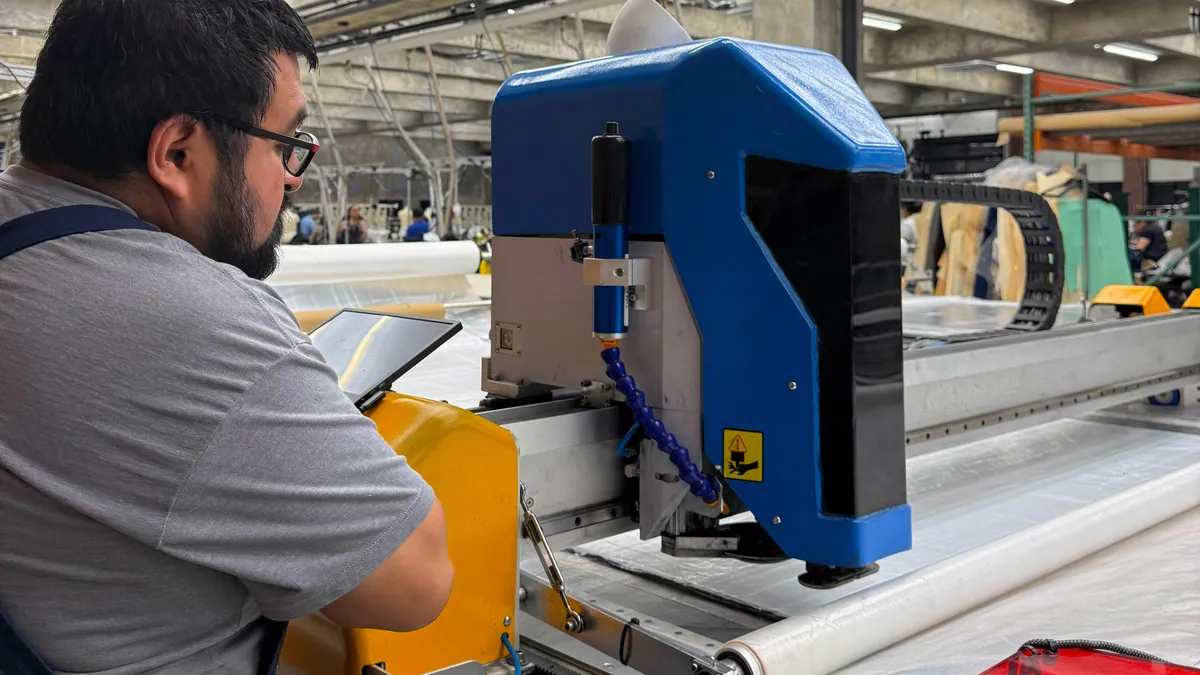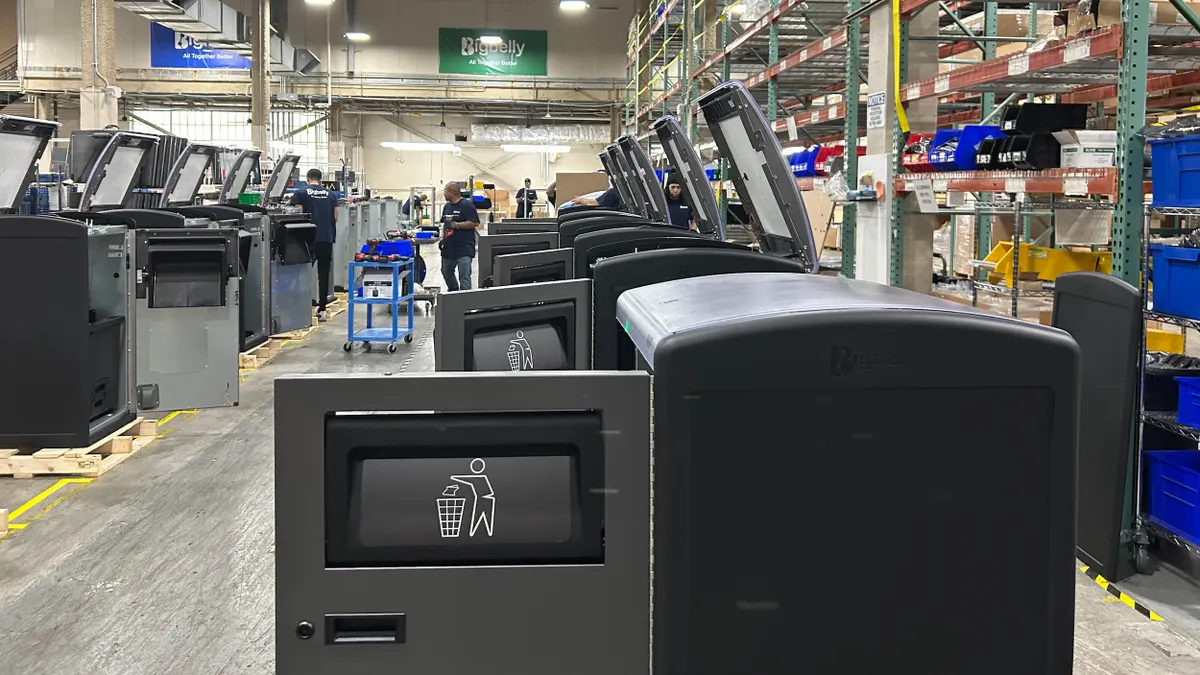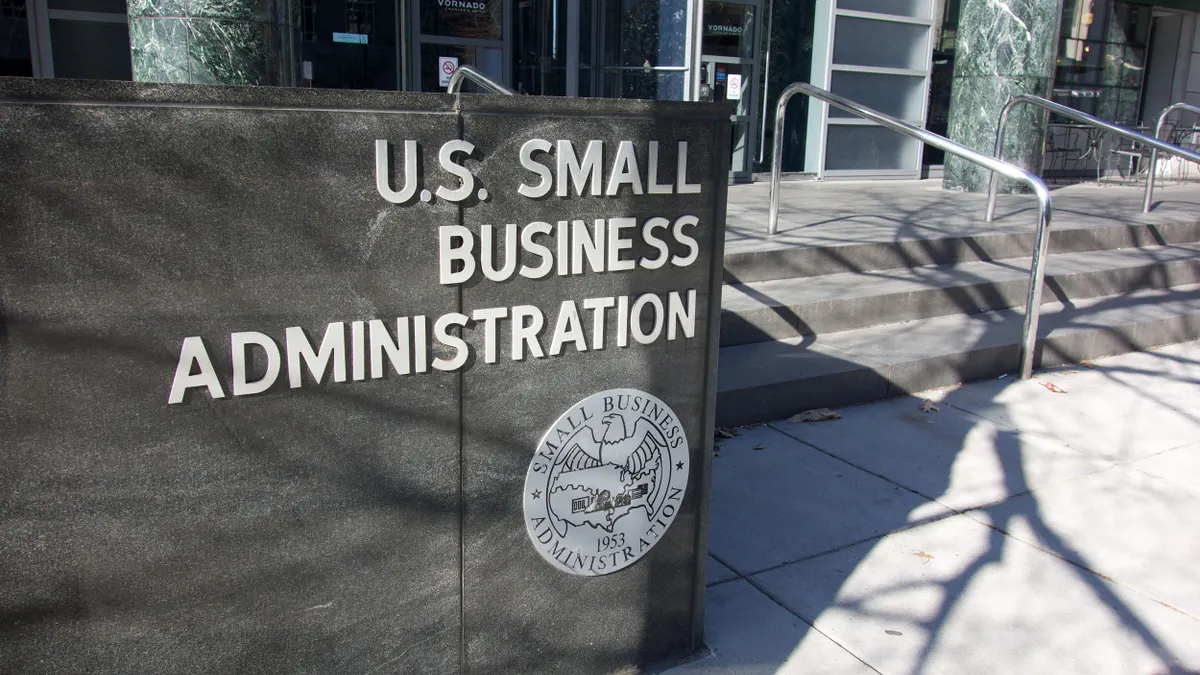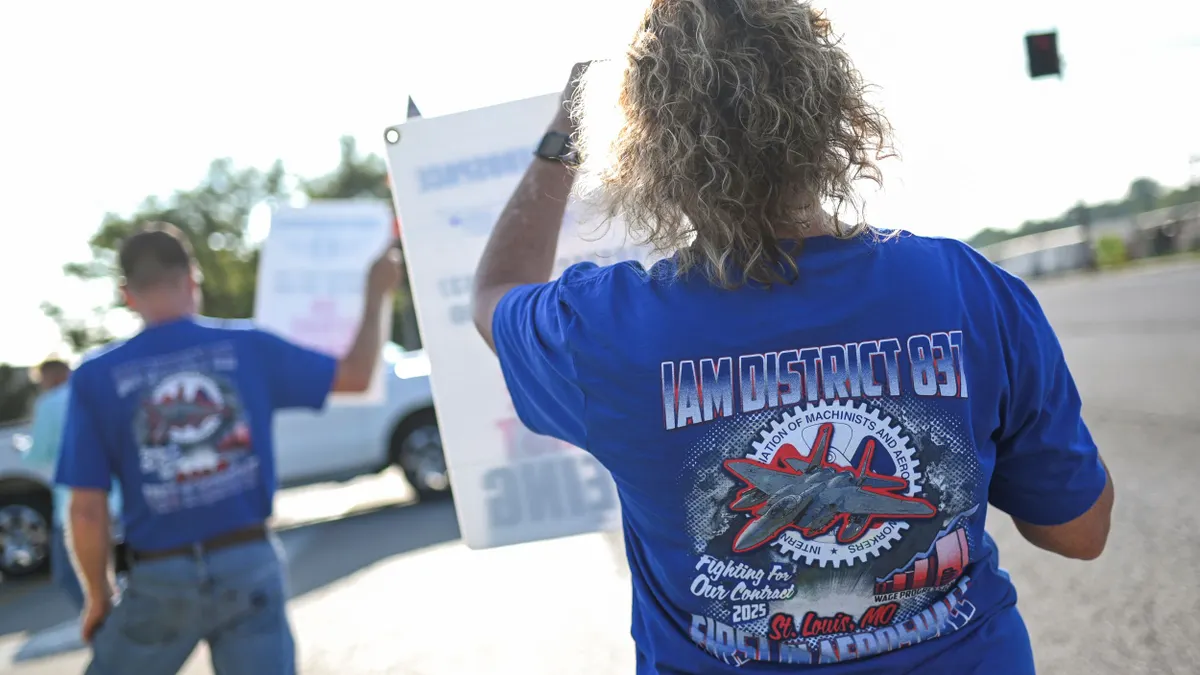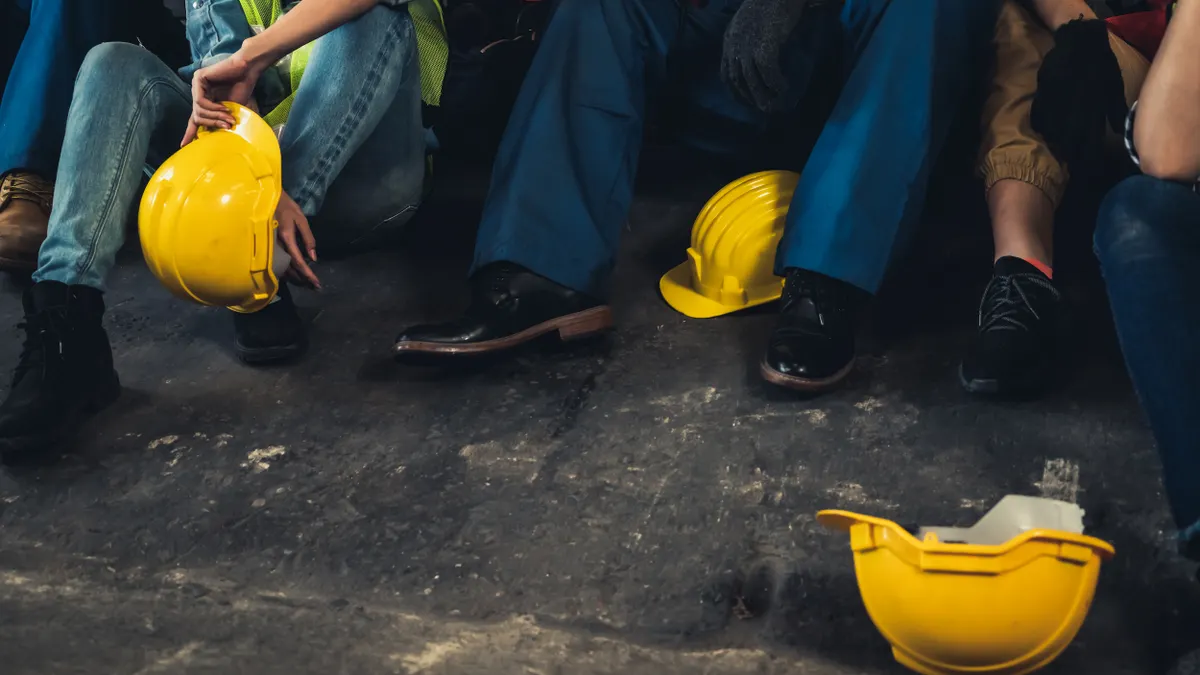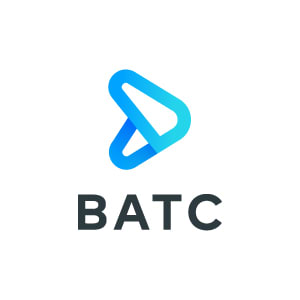Emerging programs are increasingly going beyond simple vocational training by targeting students early or in underserved communities, offering direct pathways to employment and exposing trainees to advanced tech skills.
These workforce development programs are a response to the industry labor gap that’s been apparent since before the pandemic years. An oft-cited Deloitte report estimates that up to 1.9 million jobs could remain vacant if current labor trends continue.
“When a large share of the manufacturing base left the U.S. in over the past few decades, many states and local communities began to deemphasize skills and trade education at the high school level,” said Darrell Edwards, an assistant professor of practice in supply chain management at the University of Tennessee.
Edwards recently co-authored a white paper on reshoring with Alan Amling, an assistant professor of practice at the University of Tennessee. Their research explored how businesses are grappling with a push to reshore manufacturing operations in an environment where so many young people were told that a four-year college program was the only path to success.
“One of the unexpected findings in our research was the skills gap in trades — electricians, welders, carpenters, plumbers, masons, etc. If we’re going to bring more manufacturing to the U.S., we need more people in the skilled trades,” said Amling.
That’s in addition to other dominant gaps in employment, including in tech-driven and maintenance roles.
Thanks to a mix of federal funding, private sector innovation and state-level efforts, prospective workers can now opt into a manufacturing career via multiple training paths.
Flagship events like Manufacturing Month in October are giving businesses another opportunity to attract talent.
They can do this by “reinforcing that this is a sector where you can make a real impact and build a fulfilling career,” said Laura Phillips, vice president of engineering and procurement for window manufacturer Pella Corp. “We get to tell our story, challenge outdated perceptions, and spotlight the career pathways that exist in this industry.”
Vocational training innovations
While there are many ways to close the labor gap, Amling suggests that it will take a mix of government, private and academic programs to make it happen.
Traditionally, such efforts have been led by public-private networks such as the U.S. government-operated Manufacturing USA, a network of innovation institutes that partners with education organizations to offer training programs, apprenticeships, certification programs, among other offerings. Others include the Manufacturing Extension Partnership, a federally-supported national network of centers that helps train and upskill workers.
Additionally, federal laws — such as the Workforce Innovation and Opportunity Act and CHIPS and Science Act — have provided robust sources of funding and impetus for training programs in different sectors.
Companies have also matched these efforts by developing training programs to fit specific hiring needs.
In 2021, Kellanova’s Jackson, Tennessee, plant partnered with the Tennessee College of Applied Technology to create a curriculum initially focused on training students in electrical and instrumentation skills.
The program is bespoke in the sense that students learn in an advanced on-site training room designed to mirror equipment on the Jackson plant’s factory floor. Graduates leave the 16-month program with foundational E&I skills and have the opportunity to receive low-voltage qualification. To date, Kellanova has hired 50 employees into the E&I training program.
According to Manuel Lopez-Portillo, Kellanova’s VP of North American supply chain, the set-up is a win-win.
“By the time they show up to day one of the actual job, they’re already familiar with the elements they’re going to be working on. The learning curve is faster and safety is improved as well,” said Lopez-Portillo.
But finding prospective students to join any vocational programs is still a hurdle.
Pella has relied on a “multifaceted” approach by pairing interns with mentors, or partnering with schools and community programs to host plant tours and job shadows that spark interest in manufacturing early.
“Many of the students we have met through these interactions have joined the Pella team,” said Phillips.
Programs like the Uniquely Abled Project, founded by former engineering professor and business consultant Ivan Rosenberg, tackle the challenge in a different way by offering training for adults in the autism community. The program’s name is intended to correct possible perceptions of adults with autism by asserting the benefits that they would bring to a corporate environment.
The 12-week program offers 420 hours of in-class instruction on computer numerically controlled machines, in addition to U.S. OSHA and Tooling U certification. Over 300 students have graduated since the program’s launch 10 years ago.
Thanks to its ability to be adapted to any location, the program is currently hosted in 31 locations across 16 states.
“Dr. Rosenberg wanted to create a program that was scalable instead of tied to a singular physical location. So first, he decided that he did not want to deliver direct services. Instead, he wanted to distribute proven methodologies to direct service providers and allow them to succeed,” said Heidi Kershaw, a stakeholder engagement consultant for the Uniquely Abled Project.
Another element essential to the program’s success lies in its partnership with local manufacturing companies, which offer hiring opportunities post-graduation at businesses located near the academy, such as in shops that house CNC machines.
“In the agreement that we make with our hosting sites, we give a huge responsibility to those schools to create relationships with manufacturing companies within their region — to invite them to the campus, to understand what they need,” said Kershaw.
While the Uniquely Abled Project is designed to be scalable and collaborative it still requires significant fundraising efforts. It’s the same practical hurdle that prevents many such programs from graduating students at scale.
“That cost is around $5,000 to $6,000 per student depending on the location of the Uniquely Abled Academy. The school site is responsible for those fundraising efforts,” said Kershaw. “In the state of California, the local Department of Rehabilitation offices have generously provided the costs associated with their local programs. But there is always a need for more, to do more. I also think funding is reactive instead of proactive at this point.”
Changing training needs
When thinking about the future of manufacturing jobs, automation also figures heavily into the picture.
For companies interested in reshoring manufacturing or wanting to close their employment gaps to remain competitive, “labor almost certainly must be augmented by some form of technology,” said Edwards. “Machines can operate around the clock, which helps to cover the depreciation cost of the investment, and can increasingly do more complex tasks.”
From Edwards’ view, training for jobs that interface with artificial intelligence or automation must happen at the factory floor level, in high school or through a community college trade curriculum.
“Many sophisticated supply chain planning and procurement tools require their users to understand how to navigate the tools and query information to maximize their effectiveness, so it happens through targeted training or through osmosis,” he said.
Manufacturers like Pella are adapting automation to uniquely fit their processes and capture valuable historical knowledge.
“We’re using automation not to replace jobs, but to preserve that expertise, make tough jobs easier and equip younger team members with tools that help them upskill and work hand in hand with technology,” said Phillips.
Amling and Edwards’ research has a similar conclusion, predicting that “automation will not replace the need for human capital — it will heighten the need for more sophisticated, interdisciplinary skill sets.




